Any tips on photographing purple dahlias?
steve22802
10 years ago
Related Stories
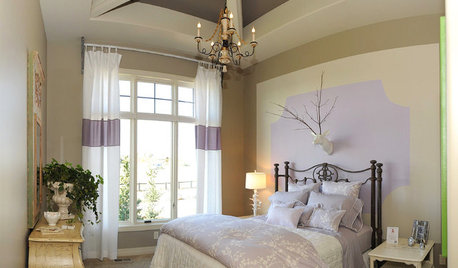
COLORDreaming in Color: 8 Enchanting Purple Bedrooms
Lie down with lavender or wake up to vivid violet for a bedroom that both calms and energizes
Full Story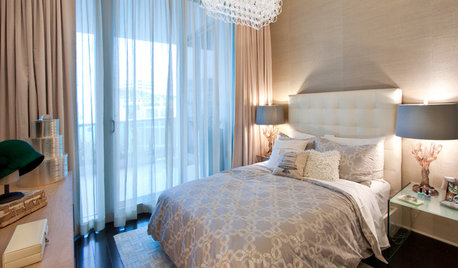
BEDROOMSDesigner Tips for Creating a Better Bedroom
In the dark about bedside lamps? Waffling over pillows at the store? Try these ideas for a more comfortable bedroom
Full Story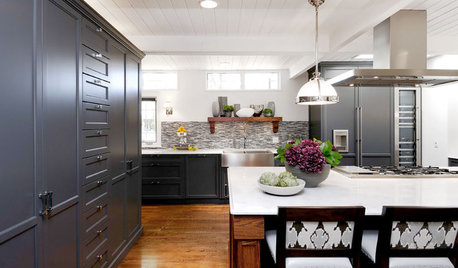
KITCHEN DESIGNPhoto Styling the Kitchen with Food
Want to show off your kitchen? Add some instant culinary color
Full Story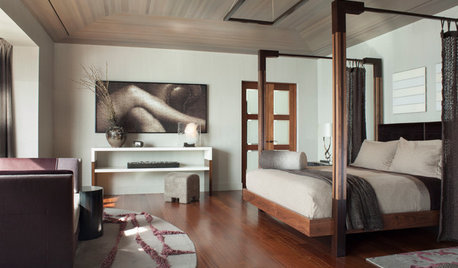
HOW TO PHOTOGRAPH YOUR HOUSEHow to Compose Your Shot for Stunning Home Photography
A photo pro shares secrets like camera height, lighting and lens type for creating images that do your home justice
Full Story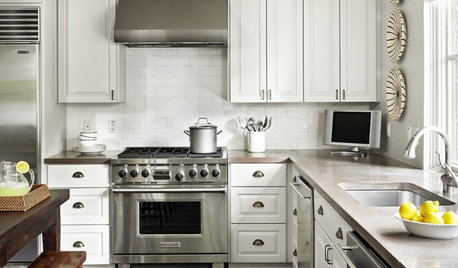
DECORATING GUIDES12 Ways to Style Your Interior Photos Like a Pro
For great home photos, declutter, prop well, and tell a little story
Full Story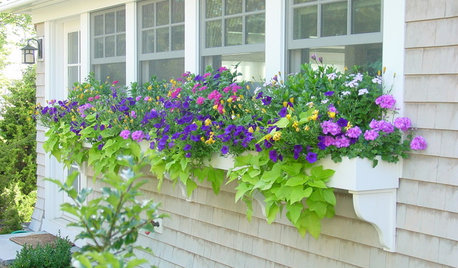
CONTAINER GARDENSChoose Complementary Colors for Dazzling Container Gardens
Red and green, purple and yellow, and blue and orange are opposing pairs that work in perfect harmony
Full Story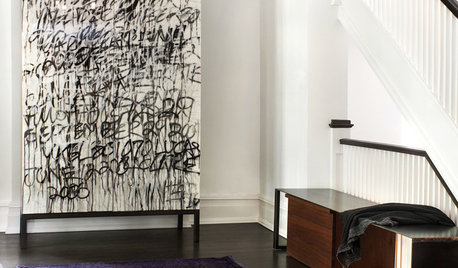
HOUZZ TOURSHouzz Tour: 8 Weeks to Gorgeous Modern Eclectic Style
With young twins and their fill of remodeling, a Toronto family gets a move-in-ready home without any hassle
Full Story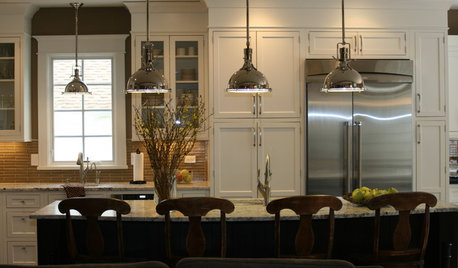
KITCHEN DESIGNKitchen Islands: Pendant Lights Done Right
How many, how big, and how high? Tips for choosing kitchen pendant lights
Full Story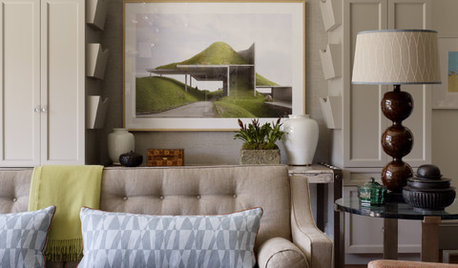
DECORATING GUIDESTop 10 Interior Stylist Secrets Revealed
Give your home's interiors magazine-ready polish with these tips to finesse the finishing design touches
Full StorySponsored







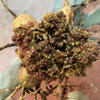
mytime
CCvacation
Related Professionals
Camas Landscape Architects & Landscape Designers · Kenmore Landscape Architects & Landscape Designers · Apollo Beach Landscape Contractors · Berwyn Landscape Contractors · Homewood Landscape Contractors · Huntington Landscape Contractors · Severna Park Landscape Contractors · Burlington Fence Contractors · Garden Grove Fence Contractors · Hayward Fence Contractors · Lake Jackson Fence Contractors · Ponte Vedra Beach Fence Contractors · Santa Ana Fence Contractors · Phoenix Solar Energy Systems · Randolph Solar Energy SystemsSouthCountryGuy Zone 4b-5 SE BC
jacqueinthegorge
steve22802Original Author
SouthCountryGuy Zone 4b-5 SE BC
teddahlia